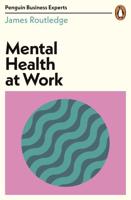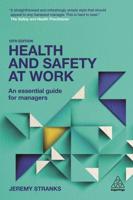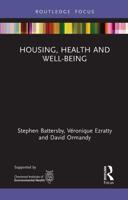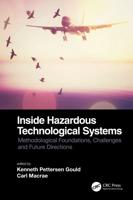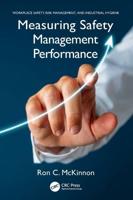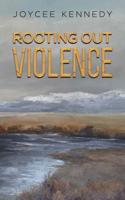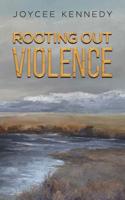Publisher's Synopsis
Underground coal mining companies that operate continuous miner sections often apply to the Mine Safety and Health Administration (MSHA) for approval to take extended cuts to depths of up to 40 ft as a means of improving productivity. Historically, MSHA has granted approval of this practice if the mine has successfully demonstrated the ability to control the roof, methane, and respirable dust while extracting these extended cuts. A key component for controlling dust generated by continuous miners in 40-ft cuts has been the utilization of flooded-bed scrubbers. These fan-powered scrubbers pull dust-laden air from the mining face and remove respirable dust particles by passing the collected air through a wetted filter panel. The filtered air is then discharged back into the mine atmosphere. To effectively use scrubbers in faces that employ exhaust ventilation, the return ventilation curtain or tubing should be located out by the scrubber discharge on the continuous miner, which results in a setback distance from the face of approximately 40 ft. Over the last several years, MSHA has emphasized that mines demonstrate effective dust control before granting approvals for taking extended cuts with extended curtain setbacks. Each mine operator must successfully demonstrate control of workers' dust exposures in standard 20-ft cuts before MSHA considers approving extended cuts. The goal of the research conducted by the National Institute for Occupational Safety and Health (NIOSH) was to compare dust levels generated in 20-ft cuts when using traditional exhaust face ventilation without a scrubber to dust levels in 20-ft cuts when using extended curtain setbacks with a scrubber operating. Dust surveys were completed at three mines, with area and personal sampling conducted to quantify respirable dust concentrations on a cut-by-cut basis. Dust sampling results did not show a statistically significant difference in respirable dust concentrations between these two test conditions (scrubber-on and scrubber-off) at the continuous miner or shuttle car sampling locations at the face. However, with the scrubber operating, respirable dust concentrations in the return airstream downwind of the continuous miner showed reductions of 91 percent, 86 percent, and 40 percent at Mines A, B, and C, respectively. The reductions at Mines A and B were found to be statistically significant when using the Wilcoxon test. Likewise, reductions in respirable quartz dust levels in the continuous miner return were observed at all three mines, with statistically significant reductions of over 80% observed at Mines A and B. Although operation of the flooded-bed scrubber did not impact respirable dust levels in the face area, it did significantly reduce respirable and quartz dust levels downwind of the continuous miner. Consequently, operation of the flooded-bed scrubbers, in conjunction with the dust controls required in the MSHA-approved ventilation plans at these mines, was advantageous from a respirable dust control perspective.

